The COVID-19 Pandemic may have been declared “over” in various countries, but it’s still out there, infecting many people. But rather than focusing on new infections, this article is aimed primarily at those of you who already got sick, but never really got better. Or maybe you got better for a time, but after a month or two you start feeling significantly worse again. If you’re more than four weeks out from your initial diagnosis of COVID-19 and still suffering from certain symptoms, then you may have “Long COVID.”

Long COVID is a multi-systemic illness that occurs in those who have previously contracted COVID-19, and it typically shows up within a month or two of when you were originally diagnosed with COVID-19. It’s referred to as “multi-systemic” because it affects the entire body, including the cardiovascular system, the nervous system, the digestive system, and even the brain itself. Even your skin and hair aren’t immune from the ravages of Long COVID. Hearing and sight can be seriously impacted as well. The symptoms can be utterly debilitating, though some more-fortunate people may only have a persistent cough.
One of the truly frightening aspects of this condition is that one-in-five people who get infected with COVID-19 will go on to develop Long COVID as well. It’s estimated that over 60 million people around the world are currently afflicted.
How Does That Affect Us Here in Cuenca?

Just as an example, if just 500 expats in Cuenca were diagnosed with COVID-19, then statistics suggest that 100 of them will also have Long COVID! Since I’ve been personally diagnosed, I’ve encountered a handful of people who have told me about how ill they’ve been, but their doctors are unable to figure out what was wrong with them. After hearing my story, at least a few of these folks have since gone to see other physicians and were finally able to get a positive diagnosis of Long COVID. There is one other significant aspect of how living in Cuenca could be impacting those with this condition, which I’ll cover later in this article.
As a bit of a disclaimer, Long COVID is still a relatively new phenomenon, and there’s still much that’s not known about the condition. As such, the information presented in this article is subject to change as the results of ongoing research become more available and reliable.
Regarding the Name and the Characteristics of “Long COVID”
The term “Long COVID” is used synonymously with “Long-Hauler’s Syndrome,” and in Spanish, it’s referred to as Covid Persistente. You’ll see other variations on the name, but the technical term established for the condition is “post-acute sequelae of SARS-CoV-2 infection,” or PASC for short. You’ll see all of these names (and more), but for the purposes of this article, we’ll be using “Long COVID.”
Why Is It Called “Long” COVID?

It’s referred to as being “long” because that’s exactly what it is–a long-term condition. From my research and my interaction with hundreds of other sufferers, the shortest recovery time I’m personally aware of is 18 months. Since COVID-19 has only been around about that long, nobody knows how long it could potentially last. But stats show that as many as 41% of people still have little-or-no relief after two full years. Most people I’ve spoken to have had Long COVID for at least two years, and some are now approaching three years. That’s a long time to feel like a mere shell of your former self, and it’s also the source of much depression, anxiety, and feelings of isolation. Some people actually develop post-traumatic stress disorder (PTSD). Many people are losing their jobs, either because they’re physically or mentally unable to work, or because they simply can’t perform at previous levels. Others have relationships that are seriously challenged for a variety of reasons related to Long COVID. To say that this condition can seriously diminish one’s quality of life would be a huge understatement, primarily because it lasts so very long.
Is Long COVID a “Real Thing”?
Unfortunately, it is very much a real thing, though you wouldn’t know it by the way many physicians react to patients who have the condition. I’m in a handful of online Long COVID support groups, and members in these groups are frequently told by their doctors that it’s all in their heads, or in many cases they’re handed a prescription for antidepressants. I have several Cuenca acquaintances who’ve run into this with their doctors as well, so getting a rapid and accurate diagnosis can be a real challenge. But all serious researchers know differently. Long COVID is recognized as a real and serious health condition by the World Health Organization, the CDC, Harvard Medical School, and by pretty much every other prestigious health-related organization out there. But we saw the same exact process play out with conditions such as multiple sclerosis, Lyme disease, chronic fatigue syndrome, and fibromyalgia. It may take some time, but the rest of the medical community will eventually catch up.
Who Gets Long COVID, and Why?

Current research states that you have to have had COVID-19 at some point in order to develop Long COVID. It doesn’t matter whether you had a very light case or if you were hospitalized in a serious condition. Those who had more-severe cases do have a higher likelihood of developing Long COVID. However, the severity of one’s case of COVID-19 does not necessarily indicate how bad their Long COVID symptoms will be! Factors that influence the severity of one’s symptoms include age, nutritional status, the amount of time since having COVID-19, and possibly even gender since women are diagnosed at a slightly higher rate than men.
Symptoms of Long COVID

Many of the websites you’ll pull up in a random search on Long COVID will only list ten or twelve of the most common symptoms. Not necessarily the worst ones, but the most common ones. But there are over 200 recorded symptoms of Long COVID, many of them relatively common with this condition. It’s not unusual for many sufferers to have half or more. My personal count of symptoms (past and current) thus far equals 76. One odd phenomenon that I and some others have experienced is that my symptoms usually get much worse in the late afternoon/early evening, just as the sun starts going down. My first indication of this process beginning is the onset of chills and sweating. After an hour or two, the symptoms seem to level out again.
It would be impractical to list every symptom here, but I’ve provided a few links at the end of the article that go much more in-depth. Here are a few of the more common symptoms you’ll see (or experience):
- Fatigue: We’re not just talking about feeling generally tired or exhausted after a full day of activity. We’re talking about a deep, debilitating, all-consuming form of fatigue. It’s like someone connected a hose to your body and drained off all your energy reserves, leaving you with just barely enough juice to keep the engine running. Though energy levels fluctuate, and we do have “good days” and “bad days,” this type of fatigue generally deprives you of the ability to maintain anything similar to the life you had before Long COVID. But what happens after a good night’s sleep? Unfortunately, next to nothing. I wake up every day feeling pretty much the same as I did the night before. It’s a level of fatigue that most people cannot understand until they’ve experienced it for themselves.
- Brain Fog: This is a term that’s frequently used to refer to momentary confusion, or the ability to think clearly because you’ve had a long day at work. It is also a totally inadequate term to describe the types of cognitive difficulties experienced with Long COVID. I have days when I can think fairly clearly, but my short-term memory is shot. Just the other day I was going to send a message to one of my closest friends… and I couldn’t remember his name! I had to search through my contacts for several minutes to find his photo and remember his name. In terms of physical sensation, sometimes it feels like your brain is physically swollen inside your skull. It’s rather disconcerting. In terms of function, it’s like someone replaced my brain with mud or cottage cheese. If someone interrupts me during a conversation, it’s rare that I can go back and remember what I was just talking about and continue where I left off. Similar to the fatigue associated with Long COVID, this type of brain fog is something that can’t readily be expressed with words–you have to experience it yourself to understand what it’s like.
- Neuropsychiatric Symptoms: Aside from memory problems and other cognitive difficulties, these symptoms can also include significant problems with speech and language ability, fine motor control, nerve pain, muscle weakness, sleeping, headaches, taste and smell, and even hallucinations. On the darker side of things, most Long COVID sufferers experience varying levels of depression, anxiety, bizarre thoughts, and an extreme sense of isolation. The isolation, I presume, is because most of us feel very alone with this illness. Those around us who do not have Long COVID have no real idea of what we’re going through, so it’s no wonder that the isolation starts creeping in quickly. That’s where either personal counseling or joining a support group can be especially helpful (I’ve included a list of some good groups at the end of this article). As for me, while I’m not personally aware of having hallucinated, I have had most of the other issues mentioned.
- Cardiovascular Symptoms: These include issues with heart rate, arrhythmias, blood pressure irregularities, chest pain, bulging veins, and the formation of micro-blood clots. I personally developed exercise-induced tachycardia and even more, disconcerting was the sudden onset of serious arrhythmia. I was put on a Holter monitor for 24 hours, and during that time I had nearly 12,000 instances of irregular heartbeats (about 10 percent of my overall heart activity), but medication got that under control. I also noticed that the veins in my arms and hands were bulging, even before I knew that was one of the symptoms.
- Skin Problems: This includes itching, rashes, and other visible signs of skin changes. I personally developed eczema on my forehead, which eventually crept down over most of my face, behind my ears, and on my scalp. This comes and goes.
- Gastrointestinal Problems: These generally include a range of digestive symptoms, such as constipation and diarrhea, or they can impact your sense of hunger/fullness. I personally developed a very painful form of irritable bowel syndrome, which is at least partially controlled with medication. I also tend to feel very hungry much of the time, but then I feel completely full after just a few bites.
- Head, Ear, Nose, and Throat: These symptoms can include changes to vision, hearing, voice, the ability to swallow, and sinus congestion. For me, my vision is largely unchanged, but I have a lot more sensitivity to light. I also can’t tolerate loud noise, and everything sounds louder to me than normal. I’ve also had significant changes to my voice, and at times I have difficulty swallowing certain types of food.
- Post-Exertional Malaise (PEM): This is probably one of the most insidious symptoms for me, personally. I love to get out and walk and explore our beautiful city, take photos, people-watch, etc. In fact, walking was my primary source of exercise, and I used to do a lot of it–until Long COVID struck. PEM is a phenomenon whereby, if you “overdo it” (either physically, mentally, or emotionally), you end up paying for it afterward!
For instance, back before I was diagnosed, if I was having a particularly good day (i.e., reduced fatigue and brain fog), my first instinct would be to get outside, walk, enjoy the fresh air, etc. I’d go for as long as I could, though sometimes I would wear myself out and have to take a taxi home. But exercise is good for you, right? If you have the energy to spare, you should take advantage of it, no? I figured that with all the “bad days” I was having, I really needed to shore up my energy reserves and keep my body healthier by exercising on the good days. I mean, that’s usually how it works!
But with PEM, you simply cannot exert yourself like this. Why not? Because after a period of exercise or significant mental/emotional activity, those with Long COVID experience a major relapse. Instead of feeling energized by the extra activity, you’re more likely to spend the next few days or longer in bed, wondering what happened to you. So not only are you already feeling depressed because you’re sick all the time, but the inability to do any sort of meaningful exercise (on the days you feel better) only compounds the feelings of depression and helplessness. It’s also a tremendous source of guilt if you have family members or friends who depend on you because you simply can’t “be there” for them like you used to be.
Again, the symptoms mentioned above are some of the most common symptoms, but there are far more on the list included in the link at the end of this article.
One of the Key Neurological Aspects of Long COVID

One very significant issue related to this illness is referred to as “Vagus nerve dysfunction.” It’s not a symptom, but rather it’s one of the reasons why we have so many vague and varied symptoms. Your Vagus nerve is part of the autonomic nervous system, which is what makes many of your bodily functions “automatic.” For instance, you don’t have to think about breathing or making your heart beat–it just happens. But one of the other key functions of the Vagus nerve is to tell the body to calm down after periods of high stress, fear, injury, etc.
With Long COVID, for some reason the Vagus nerve doesn’t function properly, meaning that you have way too much adrenaline pumping through your body, essentially keeping you in the “fight or flight” mode. And let me tell you, it’s a very odd and uncomfortable sensation; on one hand, you’re feeling all amped up on adrenaline, and at the same time you’re too fatigued to do anything about it. As a result, Long COVID sufferers typically feel like they’re “on edge” most of the time, which can make them feel jumpy and agitated. There are treatments to stimulate the Vagus nerve, but there’s still a lot of research being done to find out if any of them truly help with associated Long COVID symptoms. As you do your own research regarding Long COVID, be sure to follow the latest findings are treatments related to the Vagus nerve, as that’s the root of many of our problems.
Long-Term Effects of Long COVID

Much is still unknown about the long-term effects of Long COVID, including whether or not it can permanently damage the body. Some studies suggest that certain people will never recover completely. Other studies state that we can expect to only get back roughly 80 percent of the level of health we enjoyed prior to developing Long COVID. Still, far more research is needed to fully understand the extent of these effects.
Various sites and studies state that some people who had long COVID showed evidence of organ damage, including in the heart, lungs, kidneys, and even the brain. Other studies suggest that some folks will continue to have ongoing neurological symptoms, such as brain fog, memory problems, and other cognitive functions, even after they’ve supposedly “recovered” from Long COVID. Unfortunately, most of these studies need to be done in conjunction with the autopsy, which significantly slows down research efforts.
How is One Diagnosed with Long COVID?

First of all, one of the general guidelines is that you have (or start developing) related symptoms within about 12 weeks of being infected with COVID-19. After that, the process can be very slow and frustrating. There are no definitive tests for Long COVID, but plenty of clear indicators. But in order to arrive at a diagnosis, the first thing that has to be done is that you’ll need to be tested for pretty much every other condition or disease that could be causing your symptoms. That means a lot of lab work, imaging studies, and visits to a string of specialists. This can be both costly and time-consuming.
In my case, I did have a couple of existing medical conditions that were uncovered during all of this testing, so further testing was necessary to make sure those issues weren’t the root of my other problems. But ultimately, if all your tests come up empty and you’re still having related symptoms, your doctor can then safely make a diagnosis of Long COVID and start you on a treatment plan. For me–especially because of the additional findings–diagnosis took between three and four months.
How Does One Treat Long COVID?
That’s the million-dollar question! Because there’s still so much that’s still unknown about the condition, there is no “cure” for Long COVID yet. If you are having symptoms that are treatable by medication (like with my arrhythmia), then you’ll be treated for those conditions separately. But for the Long COVID, treatment usually consists of a few different medications, plus a handful of supplements. Some of these are meant to help with fatigue and brain fog, and others are to help protect the body from permanent damage.
The next thing is to pace yourself. Remember that post-exertional malaise (PEM) is a very real and demoralizing feature of Long COVID, and every time you over-exert yourself, you’re going to crash and burn! Some researchers believe that PEM can actually extend the amount of time it takes to fully recover, but nobody knows that for certain yet.
Could Cuenca’s Elevation be Contributing to the Severity of Your Symptoms?

For those of you living at high elevations (anything over 2,500 meters), you’ll definitely want to consider traveling to a lower elevation here in Ecuador to find out if the change makes a difference in the severity of your symptoms. One study was done right here in Ecuador involving about 1100 people with Long COVID. In the study, the participants transitioned from high elevation to somewhere below 2,500 meters, and nearly 72 percent of them experienced significant relief from their symptoms. I decided to test this for myself, and have recently gone to the coast twice–once for 5 days, and another time for 12 days.
Both times, I absolutely did feel better. Much better. Some days, I felt almost completely normal! I did have a few low-energy days down there, but I was still able to function and do what I needed to do. Upon returning to Cuenca, all the symptoms I had before my trip hit me very hard, and have continued to do so. As a result, I’m giving serious consideration to moving to the coast. Technically, you only need to get below the high-elevation point of 2500 meters, so you do have other options besides the coast. For me, I still felt much better on the coast than I did when I spent a little time in the Yungilla Valley. But there’s no one-size-fits-all, so try different locations and see how you feel. You can read this study and all the additional details on PubMed by clicking here.
Why I Wrote this Article
I’ve recently met a handful of people in Cuenca who have Long COVID but didn’t realize that they have it. Since then, a few of them have sought other medical advice and have been formally diagnosed. Long COVID is still a relatively invisible illness, so there’s very little public information out there unless you go looking for it. As a result, I’m willing to bet that there are even more Cuenca expats out there who are very ill but still don’t know why. Even if someone spends a lot of quality time with their physician, that still may not lead to a diagnosis of Long COVID because so many doctors are not up to speed on the condition. Some don’t even believe it exists. If you live in or near Cuenca and suspect that you may have Long COVID, I highly recommend that you make an appointment with Dra. Maite Depreeuw. Without her help, guidance, patience, and her coordination with various other medical personnel, I’d probably still be wondering what’s wrong with me. Dra. Maite gave me her permission to make this referral and provide her contact info to arrange an appointment: Her Whatsapp number is +593 98 212 3992, or you can contact her via email at [email protected].
I’m also writing this for the families and friends of those with Long COVID. This is a significant and debilitating condition, and if your friend or loved one has it, you should know that they’re likely having feelings of tremendous helplessness and hopelessness, which in turn leads to anxiety, isolation, and significant depression. Some people even develop Post Traumatic Stress Disorder (PTSD), and suicidal thoughts are not unusual. Having such thoughts doesn’t necessarily mean someone is going to commit suicide, but knowing that you’re going to be seriously ill for the next 18 months to three years can take you down some very dark paths.
If someone ever needed your support, they’ll need it much more now if they have Long COVID. That fact that it endures for so long and has such devastating symptoms can rapidly wear someone down to a mere nub of their previous self. Please do everything you can to show them that you believe in them, support them, and will stick with them until the day comes when they start to feel better. It’s not an easy thing to live with someone who has a chronic, long-term health condition, so after a while, you may find that you need emotional support, too.
Long COVID Resources

The saying “misery loves company” is often used in a negative sense, but if you have Long COVID, you’ll find that being in a community of people who share the same health issues can be very helpful. Not only do they understand what you’re going through, but they also live all over the world and are exposed to a lot of different sources of news and other resources regarding Long COVID. Just remember that most of the members of these groups are just “regular people” like you and me, so be wary of treating the content in these groups as “medical advice.” And because most of the groups made reference references to certain medications, supplements, and treatments that aren’t readily available here in Ecuador, I even created my own Ecuador-specific group. Here are several links to Long COVID support groups on Facebook that I’ve found helpful:
Links to Online Information and Research on Long COVID
With conditions like Long COVID, many of us are largely on our own! This means that you have to learn to be your own advocate and take responsibility for learning all you can about the topic. There is an endless supply of different web pages and other online resources that can help you learn more about Long COVID, along with potential treatment ideas. Keep in mind that, despite all the information out there, some sites have drawn on different sources and studies for their conclusions, so some of what you find may be inconsistent and contradictory; this is the normal state of affairs when you’re dealing with a relatively new illness.
This link provides an easy-to-follow breakdown of Long COVID symptoms and related issues:
Long Covid: symptoms, tests, treatment, and support (Heart Matters)
This link is rather more technical in nature, but it’s chock-full of useful information, especially the symptom breakdown toward the end of the article:
Characterizing long COVID in an international cohort: 7 months of symptoms and their impact
This is a recent video discussing how Long COVID appears more and more to be a neurological condition, including a discussion of various related symptoms:
Do You Have Long COVID? It Could be Affecting Your Brain and Nervous System
This a link to the first of a fairly extensive series of videos by British engineer (and Long COVID sufferer) Gez Medinger. Medinger provides a ton of useful research, and his videos host a number of guests from the medical community who discuss wide and varied topics associated with the condition. Some videos are a few years old, and some are relatively new. Regardless, the individual videos are very interesting and educational:
Gez Medinger (Long COVID Video Series)
Wrapping It Up
Again, this article is based on a combination of current and past research, but if you have Long COVID yourself, you’ll definitely want to start scouring the internet and YouTube to keep up with the latest developments. And remember this: We may no longer be in the midst of a raging pandemic, but COVID-19 is still alive and well, and we can still be infected or re-infected, regardless of our vaccination status. And since an average of 20 percent of you who get COVID-19 will go on to develop Long COVID, you owe it to yourself to exercise all necessary precautions to avoid getting COVID-19, or from getting it again.














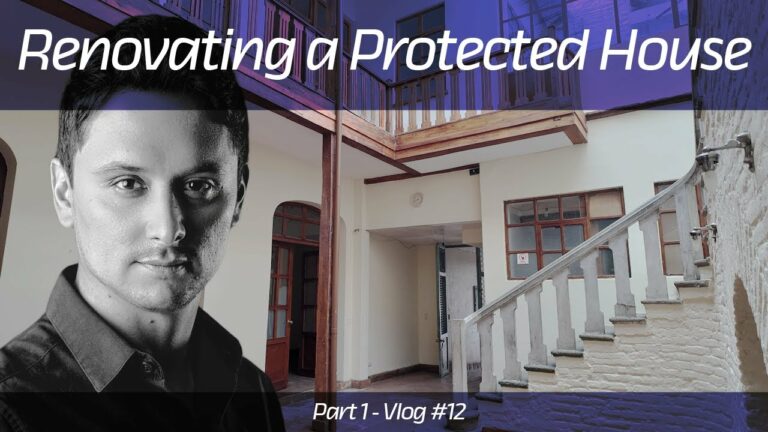

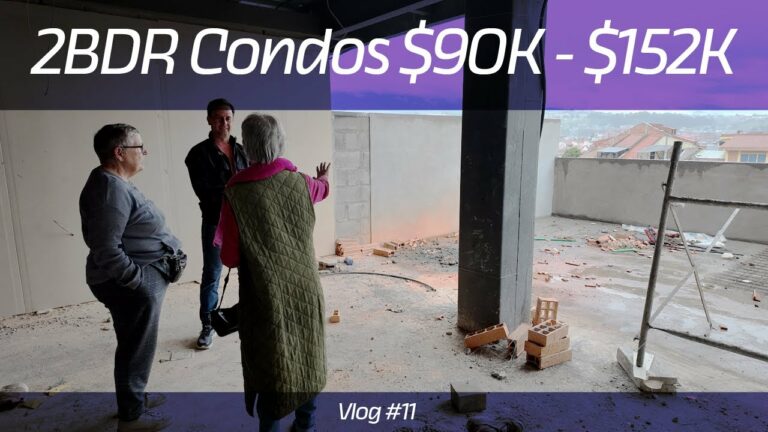
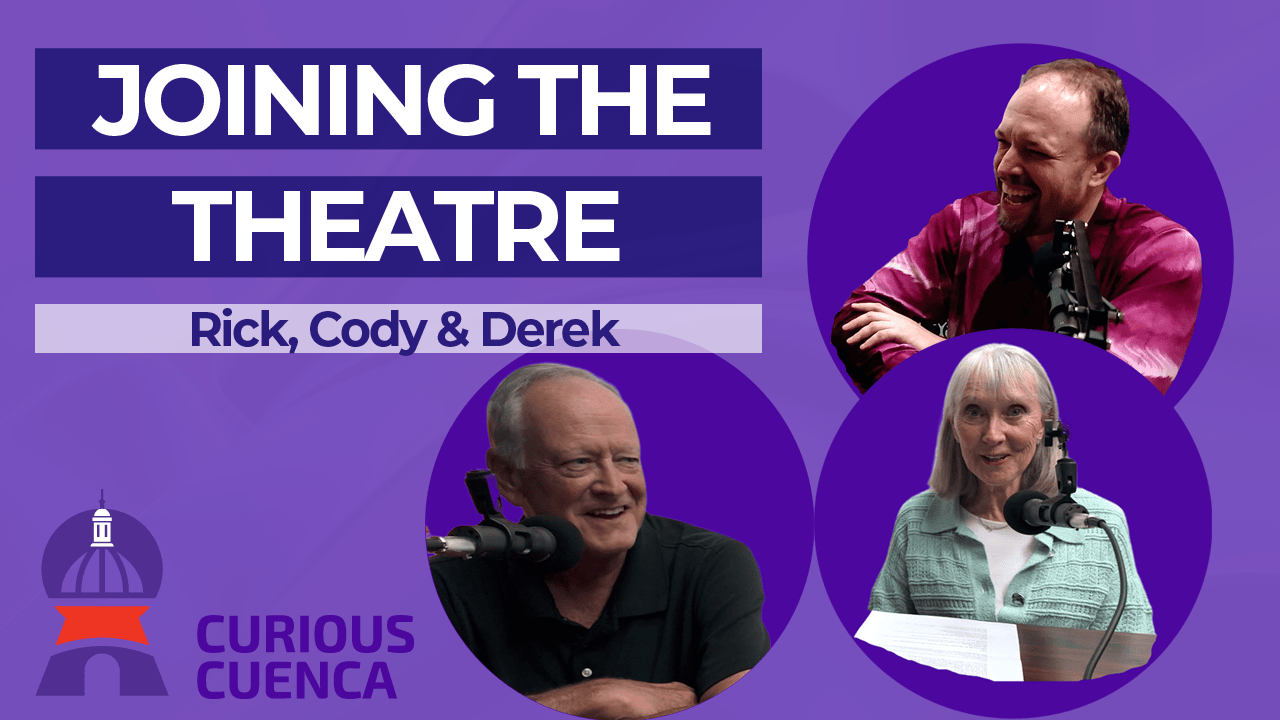
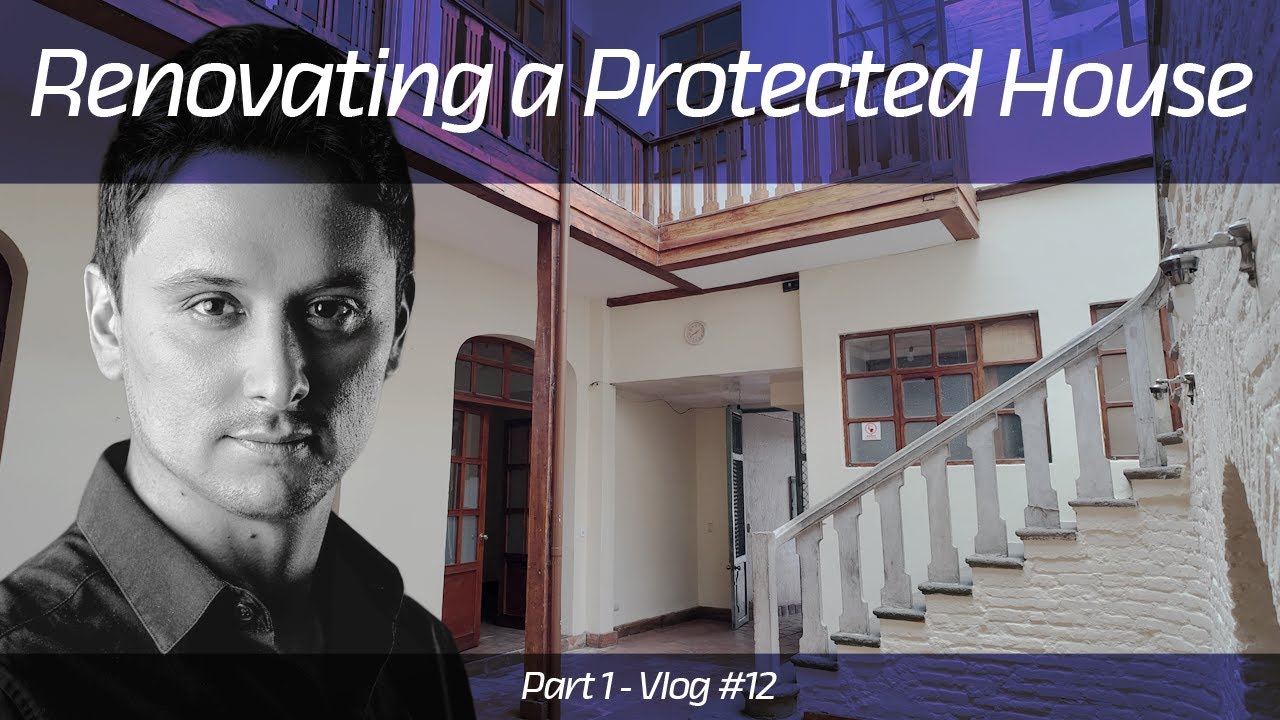
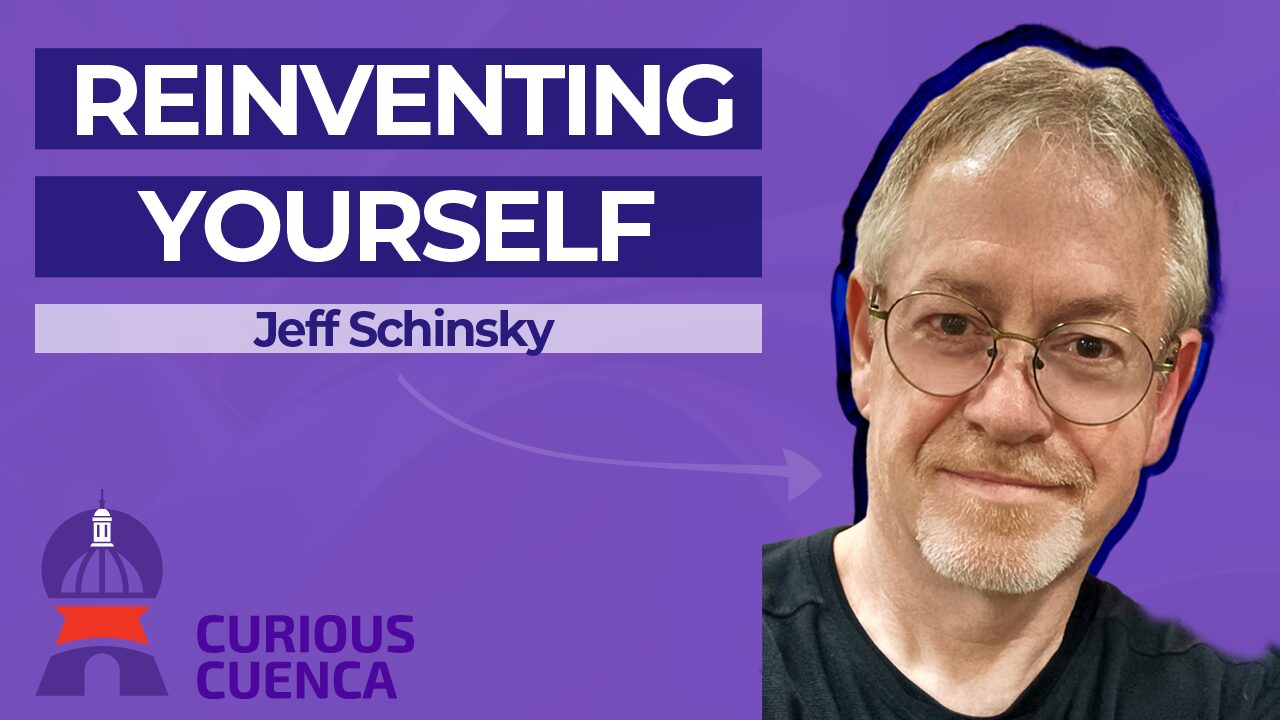

One Response
This was an interesting NPR article: Long COVID research after the public health emergency ends : Short Wave – https://www.npr.org/2023/05/10/1175217130/long-covid-scientists-try-to-unravel-blood-clot-mystery